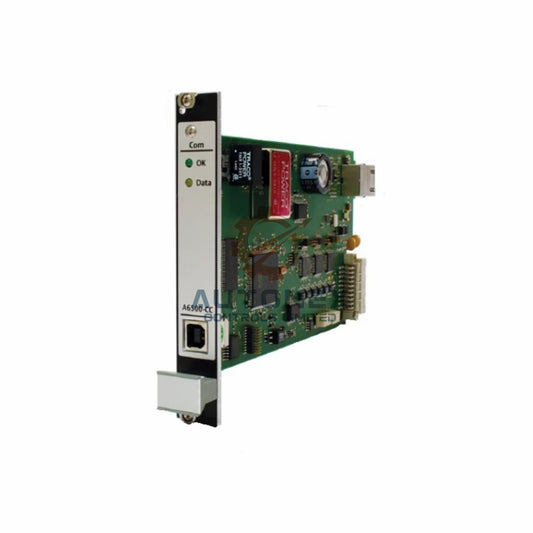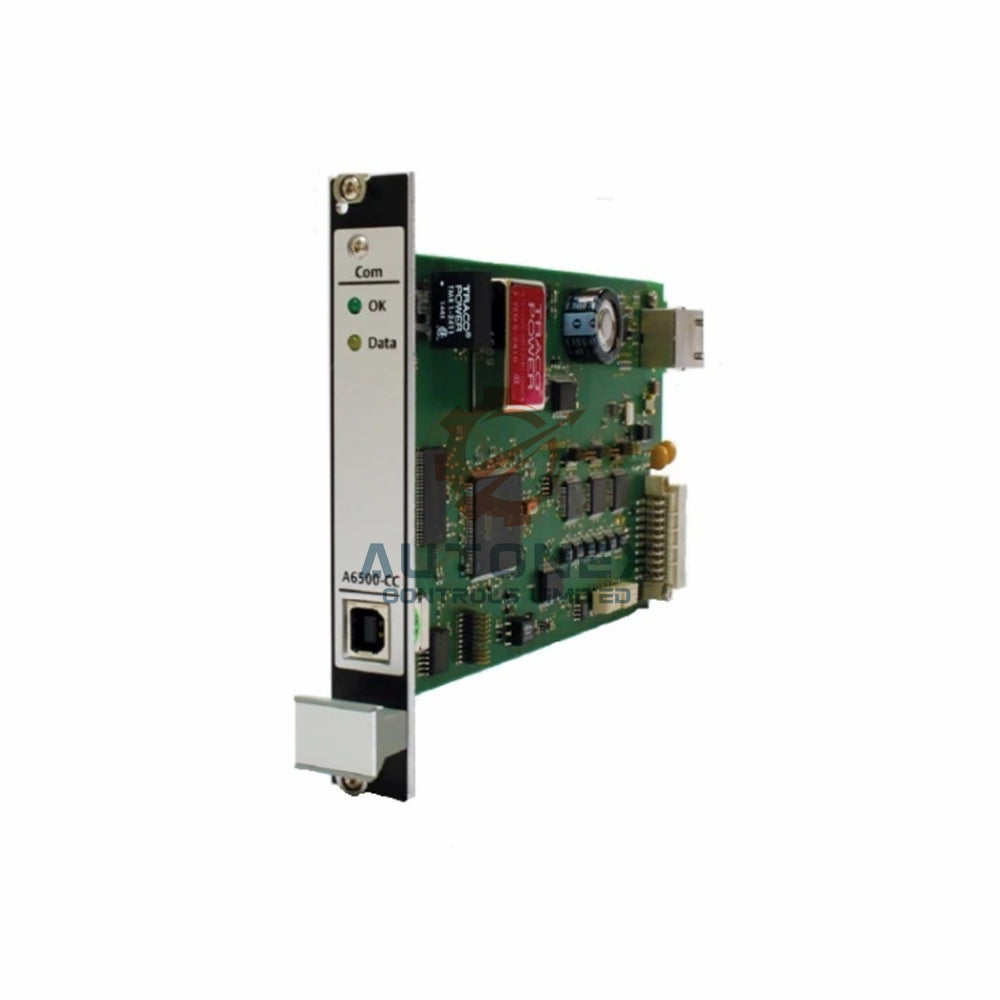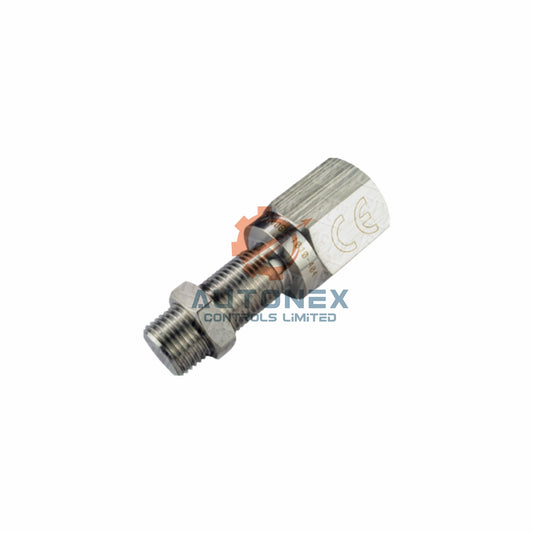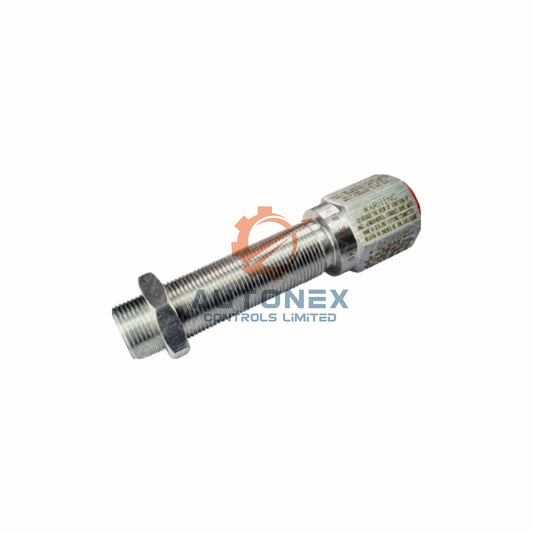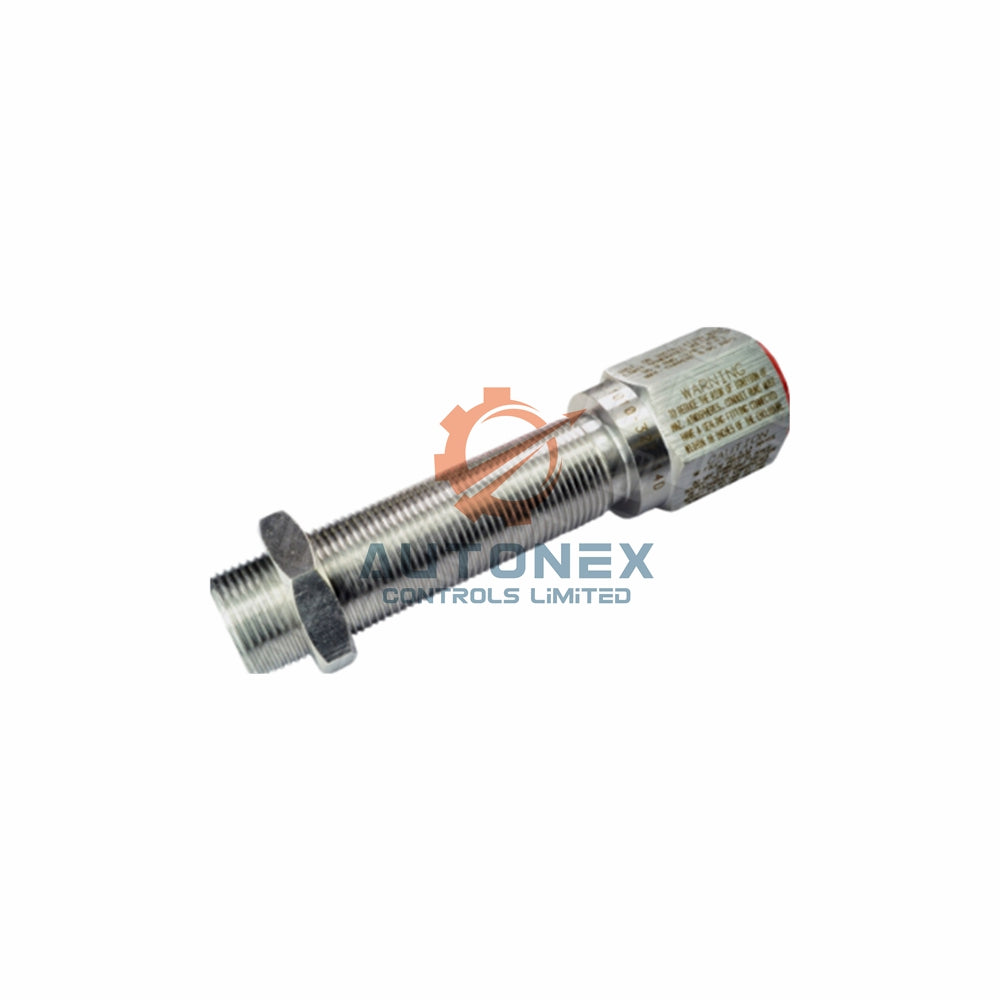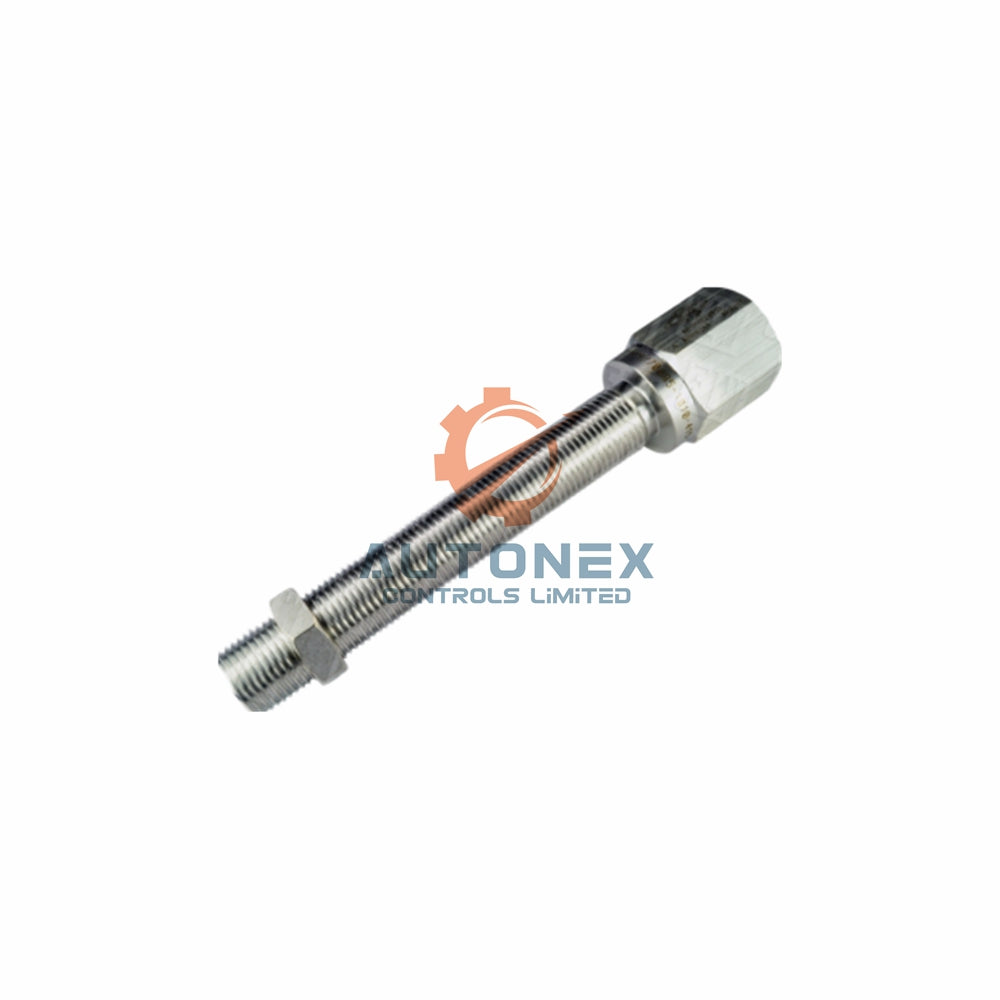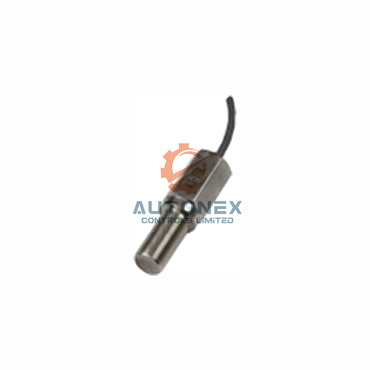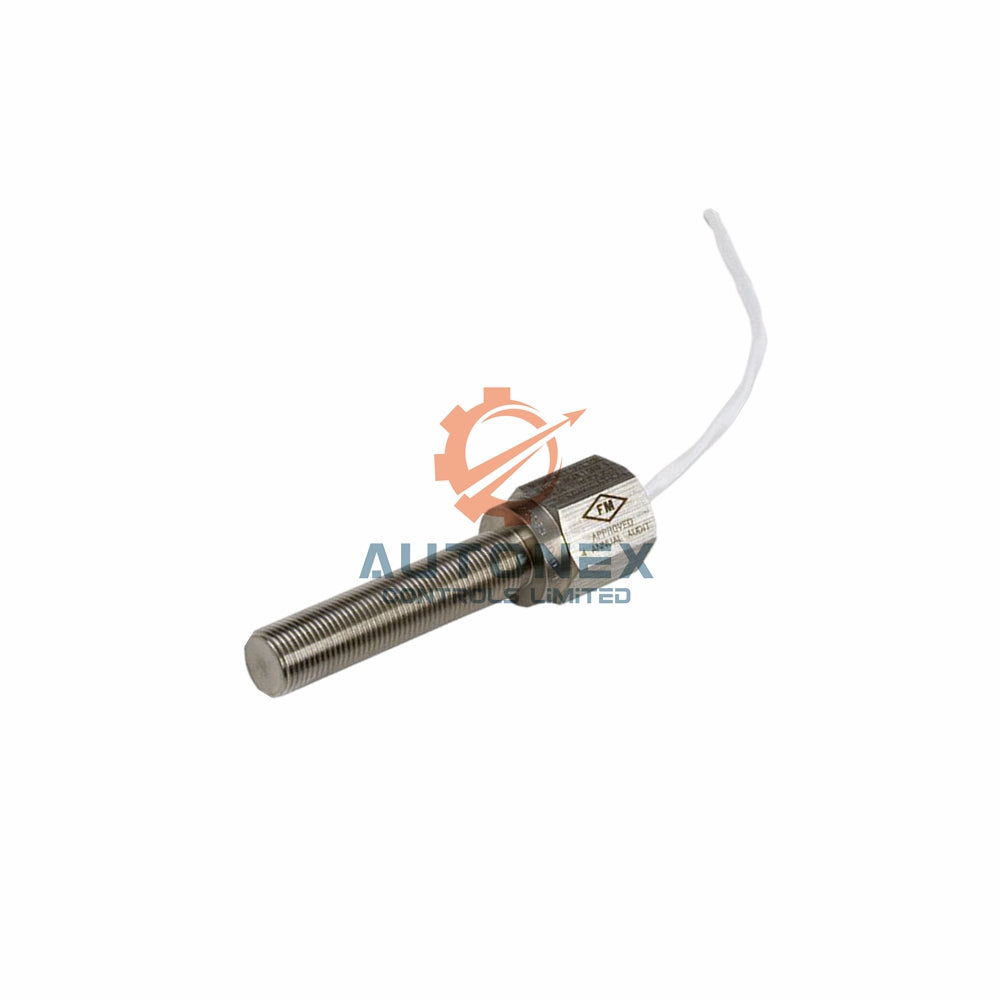Getting Started with Siemens S7-1200 PLCs: Setup and Programming Essentials
Introduction to the S7-1200 Platform
The Siemens S7-1200 programmable logic controller delivers robust automation capabilities for small and medium applications. This compact system excels in packaging operations, material transfer systems, food production lines, and original equipment manufacturing. Our guide provides fundamental setup procedures, electrical connection guidelines, and programming fundamentals to transition from installation to operational logic execution.
Key Advantages of Selecting S7-1200
Engineers frequently choose the S7-1200 for its optimal balance between cost efficiency and advanced functionality. The platform offers significant expansion potential for growing operations. Integrated digital and analog inputs minimize additional hardware requirements. Standard PROFINET networking enables straightforward integration with human-machine interfaces and drive systems. Furthermore, the Totally Integrated Automation Portal environment consolidates engineering tasks, substantially reducing project development time.
Hardware Configuration Overview
Each S7-1200 central processing unit incorporates essential machine control components. The design includes power connection terminals for 24 VDC supply, an integrated PROFINET communication port, and varying counts of integrated input/output points depending on specific models. The memory card slot facilitates straightforward program transfers and system updates. DIN rail mounting capability ensures simple panel integration. For enhanced applications, modular expansion components provide additional input/output capacity, communication interfaces, and high-speed counting functionality.

Installation Guidelines and Electrical Connections
Proper installation techniques prevent potential operational issues. Mount controllers vertically on DIN rails with minimum 25mm clearance above and below for adequate ventilation. Avoid high-vibration locations and utilize protective enclosures in challenging environments. Connect regulated 24 VDC power to L+ and M terminals using appropriate wire gauges between AWG 24-16. Verify polarity alignment during connection to prevent startup failures.
Digital and Analog Signal Handling
Digital input channels (I0.0, I0.1, etc.) accept 24 VDC signals from field devices. Output channels (Q0.0, Q0.1, etc.) deliver 24 VDC to control external components with 0.5A maximum current per point. Implement external circuit protection for output loads. Analog input modules process 0-10V or 4-20mA signals from process instrumentation. Always utilize shielded cabling for analog signals and establish single-point grounding for noise reduction. Industry professionals recommend separating power and signal wiring to minimize electrical interference.
TIA Portal Programming Environment
The Totally Integrated Automation Portal represents Siemens' unified engineering framework. After software installation, establish a new project and specify the exact CPU model. Configure PROFINET device identification and IP addressing to enable computer communication. Set up integrated input/output and expansion modules before developing control logic in the primary organization block (OB1). This integrated engineering approach enables efficient configuration of PLCs, HMIs, and drive systems within a single software platform.
Basic Programming Implementation
Initial programming exercises validate hardware functionality. Create a normally open contact instruction referencing input I0.0 (pushbutton). Connect this instruction to an output coil addressing Q0.0 (indicator lamp or motor starter). When implemented, pressing the input device activates the output circuit. This fundamental exercise confirms proper wiring and basic logic execution while demonstrating the PLC scan cycle.
System Monitoring and Diagnostic Procedures
TIA Portal's online monitoring capability provides real-time system observation. Active instructions change color display during operation, simplifying troubleshooting processes. The diagnostic buffer records system events and error conditions, proving invaluable for resolving operational anomalies. Combining live monitoring with comprehensive diagnostics typically resolves most startup challenges efficiently.
Common Implementation Challenges
New users frequently encounter specific operational hurdles. Communication failures often result from incorrect IP configuration or PROFINET naming. Non-functional outputs typically stem from missing power supplies or protective device activation. Unstable analog readings generally indicate improper shielding or grounding practices. Configuration synchronization errors occur when program downloads exclude hardware configuration data. Addressing these common issues resolves most startup complications.

Practical Application Scenario
Consider a small conveyor system requiring automatic box counting and sorting. The S7-1200 can process signals from photoelectric sensors through digital inputs, execute counting logic in the CPU, and activate sorting mechanisms through digital outputs. Analog inputs could monitor motor temperature while PROFINET communication enables data exchange with a supervisory HMI. This demonstrates the controller's capability to handle multiple automation tasks within a single compact platform.
Industry Perspective
The industrial automation sector increasingly values compact controllers with expansion capabilities. The S7-1200 addresses this need effectively, particularly for equipment manufacturers seeking to standardize control platforms across machine portfolios. As Industrial Internet of Things connectivity becomes more prevalent, the controller's PROFINET capability provides a foundation for broader system integration. For applications requiring basic motion control, the integrated pulse train output functionality offers sufficient capability for simple positioning tasks.
Frequently Asked Questions
Q: What HMI options integrate with S7-1200 controllers?
A: The integrated PROFINET port supports direct connection to Siemens HMI panels including KTP700 series displays. Configuration occurs seamlessly within the TIA Portal environment.
Q: What determines maximum I/O expansion capacity?
A: Expansion capability depends on specific CPU model, supporting up to 8 signal modules plus additional signal boards for substantial I/O point augmentation.
Q: Does the platform support motion control applications?
A: Basic motion control functionality includes integrated motion instructions and pulse train outputs. For advanced multi-axis coordination, Siemens recommends transitioning to the S7-1500 series.
Q: Which programming languages are available?
A: TIA Portal supports multiple IEC programming languages including ladder logic, function block diagram, statement list, and structured text.
Q: When should users consider S7-1500 instead of S7-1200?
A: Upgrade consideration is appropriate when applications demand larger memory capacity, integrated safety functions, enhanced processing speed, or advanced diagnostic capabilities beyond S7-1200 specifications.
Check below popular items for more information in Autonexcontrol
| IC693CPU340 | IC693CPU352 | IC693CPU367 |
|---|---|---|
| IC693CPU341 | IC693CPU360 | IC693CPU370 |
| IC693CPU350 | IC693CPU363 | IC693CPU372 |
| IC693CPU351 | IC693CPU364 | IC693CPU374 |
| IC693ALG220 | IC693CPU366 | DI830 |
| DI831 | DI840 | DI880 |


